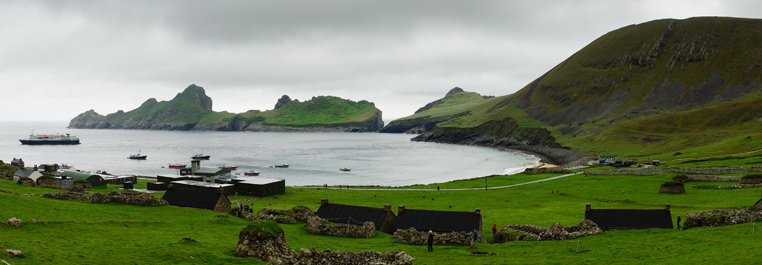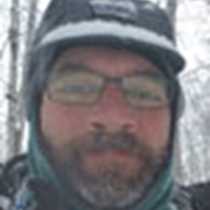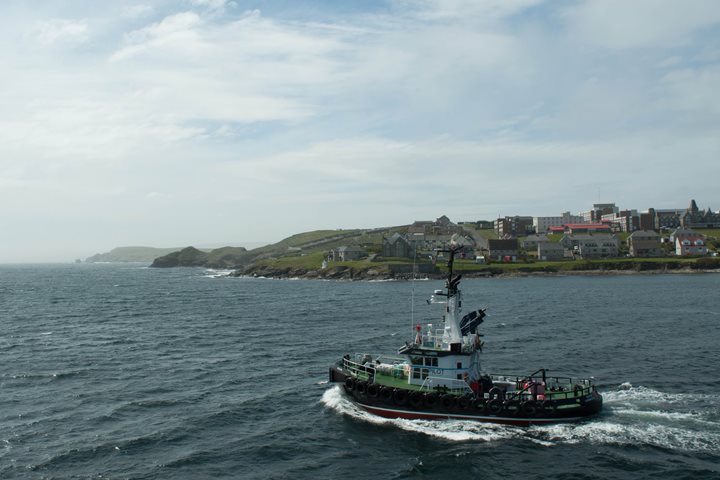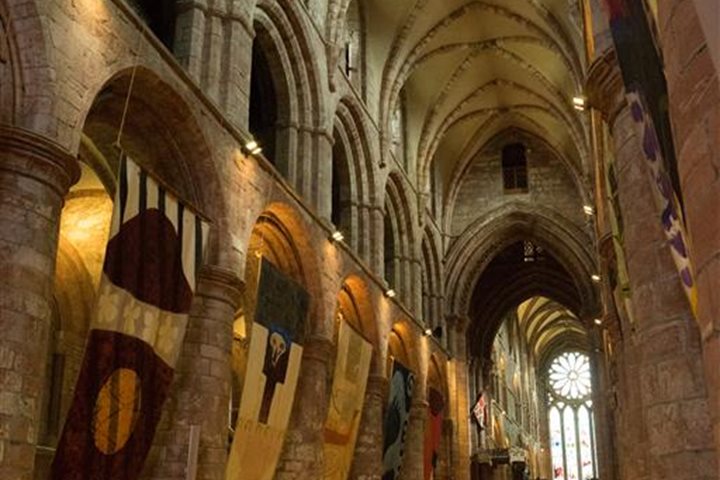This small and extremely remote archipelago has been inhabited for nearly 2,000 years. Lying over 60 km west of North Uist, they form the westernmost islands of the Outer Hebrides. The largest of these islands, Hirta, has likely never had more than 200 inhabitants in its long history. However, the islands and volcanic stacs have been home to hundreds of thousands of nesting seabirds for millennia. With the largest population of nesting gannets at over 60,000 pairs, 139,000 pairs of puffins and Britain's largest population of fulmars, at nearly 70,000 pairs, the land air and sea literally teems with life.
The inhabitants, throughout their history, sustained themselves on the abundant bird life and rich sea life around the islands. The practice of fowling, a risky food gathering technique on some of the highest sea cliffs in Europe, allowed the men to gather eggs and birds in a sustainable manner to provide a year-round source of food. The islanders also had an ancient form of sheep called the Soay which still roam the island of Hirta today in a feral state.
With little or no evidence in the archeological record to provide a reason for the colonization of these islands, their isolation and lengthy occupation, up until 1930 when the remaining handful of islanders were evacuated, had produced a unique culture that today only exists in a small collection of films, writings and the now protected and restored ruins of the village and its associated buildings. The islands were given to the National Trust for Scotland and declared a nature reserve in 1957, protecting both the cultural and natural history of this spectacular site.
With the forward thinking of our expedition leader and captain we altered our schedule for the expedition in order to avoid forecasted high winds which would have made landing here impossible. Arriving a day earlier than planned, we managed to make our landing on this significant and all-too-often inaccessible site. Strolling amongst the stone structures, green fields and the wild Soay sheep, it was almost as if one could picture the hardy and resourceful inhabitants making the most of this remote island.







